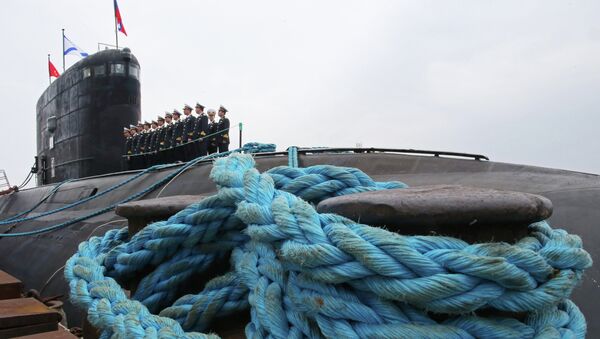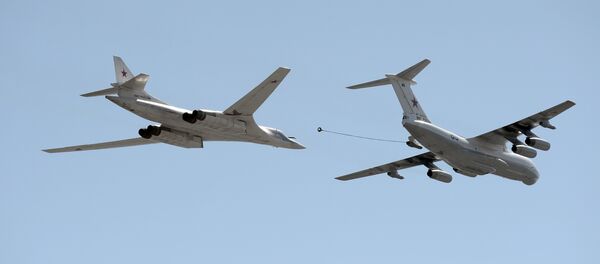In recent weeks, Vietnam's role in the South China Sea has grown in prominence, as the US-China standoff in the South China Sea intensifies. As of Sunday, multiple publications, including the National Interest, have published articles about Vietnam's growing "killer" submarine capabilities, which are amped up as a "threat" and a "nightmare" to China. However, the rising tide of media attention to the prospects of a China-Vietnam confrontation is only part of a narrative that sees Vietnam courted into the US sphere of influence as part of a strategy to isolate and encircle China that began earlier in March.
March 11. US Army Commander Pressures Vietnam Into Blocking Russian Access to Cam Ranh Bay
However, Russia and Vietnam have a close relationship around the base, which was leased by Russia between 1979 and 2002, showing that Vietnam sees it as a crucial part of it security.
March 12. Vietnam Rebukes US Demands on Cam Ranh Bay, Crucial to Vietnam's Security
The strategic deep-sea Cam Ranh Bay base is crucial for Vietnam, as it is the center of the Vietnamese Navy's 3rd Regional Command, which is responsible for Vietnam's claims in the disputed Spratly Islands. In addition, Russia has been supplying Varshavyanka-class (Improved Kilo) submarines to Vietnam, which are stationed at Cam Ranh Bay. So far, three have been supplied, with the latest one arriving on January 28, and another three are are on order.
March 14. Vietnam Affirms Commitment to Strategic Partnership With China
In addition to the joint patrols, a February 13 phone conversation between Chinese State Councilor Yang Jiechi and Vietnamese Deputy Prime Minister Pham Binh Minh established an outline for strategic cooperative partnership. The plan was unanimously affirmed on March 14, during the fourth consultation of the Working Group for Consultation on China-Vietnam Joint Maritime Development.
March 20. US Navy Commander Intervenes in South China Sea Affairs, "Kibitzing" Joint Patrols
The US meddling in the South China Sea did not end with an attempt to derail Russia-Vietnam relations. On March 20, Commander of the US Navy 7th Fleet, Vice Admiral Robert Thomas spoke at the ASEAN naval leaders meeting, and said that the US would support multinational patrols in the South China Sea.
"Uncle Sam has long been in the grip of many addictions, such as muscle-flexing, preaching and borrowing, but there has turned out to be one more: kibitzing," China's state news agency Xinhua responded in an editorial.
Accusing the US of double-dealing and machinations, China was understandably furious at the proposal, which would essentially nullify its agreements with Vietnam. According to Chinese military analysts, bringing in other countries which have claims to the islands, such as the Philippines, which China has escalated tensions with in recent days, as well as old-time rival Japan.
Today. Vietnam in the Middle
The revised strategy has been rebuked by the Chinese military as an attempt to restrict China in the Pacific Ocean and the South China Sea based on the exaggeration of the "China threat." However, an accompaniment to the strategy seems to have been attempts to isolate Vietnam from Russia and its arms supplies, which allow Vietnam to retain independent influence, as well as to put a wedge into China and Vietnam's decades-long efforts to repair relations.




